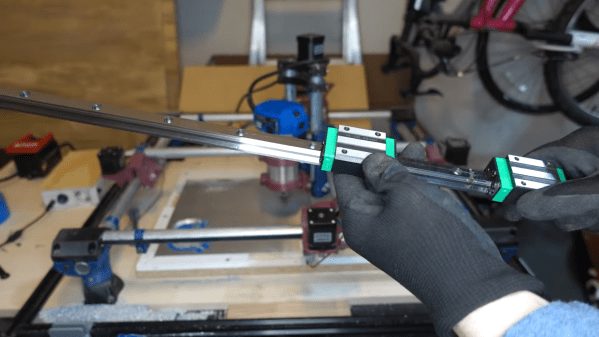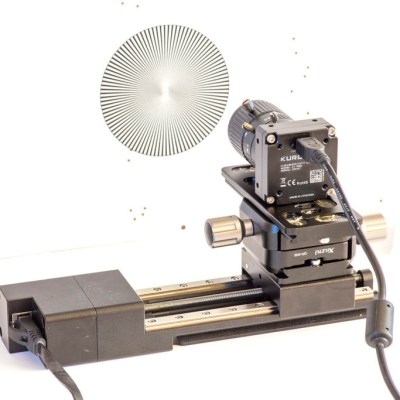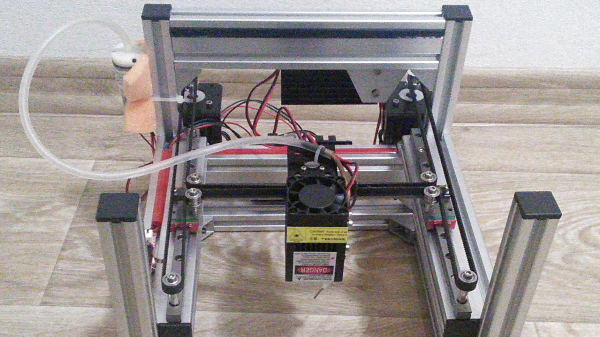Floppies were once the standard method of information exchange, but decades of storage can render them unreadable, especially if mold sets in. [Rob Smith] wanted to clean some floppies in style and made a Disco Rube Goldberg-Style device for the job.
Starting with a disk caddy on linear rails, [Smith] has a track for the floppy to follow. First it goes through a set of pads with cleaning solution on them, and is then dried off with heating elements. To make it more fun, the device has LEDs and a set of speakers at the bottom to treat the disk to a more complete car wash-esque experience.
Cotton swabs and a cleaning solution are all you really need to do the job by hand, but if you have a lot of floppies, that can get tedious quickly. [Smith] compares his machine’s performance to doing it by hand with both IPA and a dish soap solution showing that his machine does indeed clean the disks and usually makes them more readable than they were before. He cautions that it might be best to make multiple copies of the disk during the cleaning process as it isn’t always constructive though.
Thinking about archiving that stack of floppies under your workbench? While Linux doesn’t support the drives anymore, we’ve covered a couple different methods in the past and the importance of reading the flux.



















